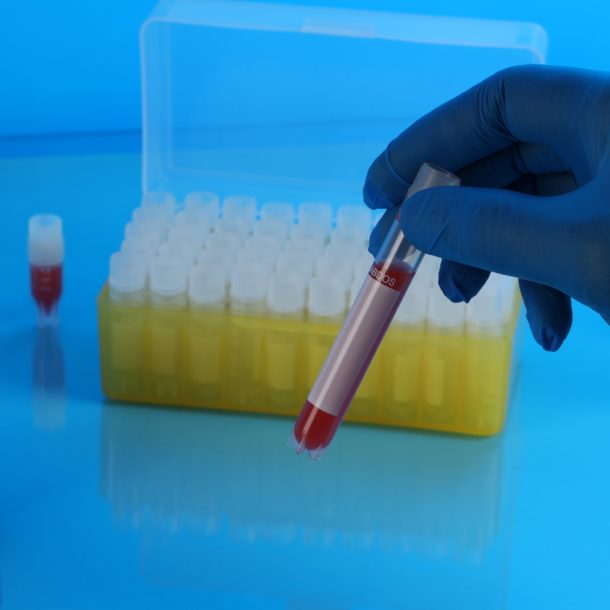
The Environmental Impact of Microplastics: A Growing Concern
With over 460 million tons of plastic produced every year most of it ends up as waste and then breaking down into Microplastics (MPs). MPs are the tiny plastic particles, produced when plastic wastes lose their mechanical integrity through various environmental factors including abrasion, photooxidation, undergoing various biotic degradation pathways. Over time, these waste plastics are miniaturized into microplastics and nano plastics (MNPs). MPs act as carriers for harmful chemicals and microbes, influencing ecosystem balance and human well-being especially in oceans, seas and wastewater and has become a global concern due to their slow degradation rate (1).
In recent times, the Usage of plastic labware has increased because of its cost effectiveness, convenience and safety and use in fundamental research, experiments and production processes however, the growing environmental concern of plastic cannot be ignored. As a manufacturer of plastic labware consumables, Abdos continue to provide high-quality durable plastic labware consumables which can be recycled, for a wide range of industries, and are deeply committed to making these products more sustainable and eco-friendlier for our environment.
Impact of Microplastics
Microplastic pollution is a significant threat to marine ecosystem, affecting their delicate balance. These tiny plastic particles, disrupt physical, chemical, and biological aspects of marine life. Recent research indicates that microplastics can enter the marine food chain, potentially impacting human health as well. Humans constantly inhale and ingest MPs from the environment as documented in various studies, causing cytotoxic effects and inflammatory responses in lung cells. Another study on mice indicated that different sizes of MPs accumulate in various organs, affecting energy metabolism and oxidative stress. MPs change the physical and chemical properties of soil, impacting its structure and biodiversity through various pathways, such as agricultural activities and wastewater irrigation, MPs are accumulated in the terrestrial environment and affect soil and nutrient levels, which directly influences crop growth, releases the toxic chemicals which harm plants and soil organisms (3).
Alternative Sources-
One of the most promising alternatives to conventional plastic is bioplastics, made from natural, renewable resources like Polylactic Acid (PLA) derived from corn or sugarcane. Seaweed-Based Plastics- are quickly becoming a sustainable material solution included in biodegradable films & edible packaging. Innovative materials derived from mushrooms are gaining attention for their ability to replace plastic packaging such as Mycelium, which is grown into molds to create strong, lightweight packaging. Algae is another natural resource being explored for its potential to create eco-friendly plastics including Algae-Based Polymers & Carbon Sequestration (3).
Microplastic Degradation
Researchers are continuously exploring different methods to break down MPs in the environment using biological, chemical, and physical methods. In recent studies, certain bacteria and fungi have shown the ability to break down MPs e.g. Ideonella sakaiensis, a bacterium capable of degrading PET plastic by secreting plastic-eating enzymes. Scientists are engineering plastic-degrading enzymes such as PETase and MHETase to accelerate MPs breakdown. Enzyme-based degradation is being explored as an eco-friendly alternative to traditional waste management. However, researchers are working on optimizing artificial light and heat-based degradation methods for faster and safer breakdown, as the available processes are slow and may release harmful byproducts. Another advancement involves using nanotechnology where nanomaterials (such as iron oxide and photocatalysts) areseing tested to enhance MP degradation using catalytic reactions (4).
Conclusion
Usage of microplastics poses a severe threat to the environment, marine life, and terrestrial and atmospheric ecosystems. Ongoing advances and research emphasizing the microplastics degradation, a combination of scientific innovations, policy implementation, and societal responsibility is necessary to address this issue. A global cooperation to develop effective solutions that ensure the well-being of both the planet and future generation along with furthermore, encouraging the use of other alternatives could be a solution going ahead as these new materials continue to evolve, leading to cleaner oceans, healthier ecosystems, and a sustainable future for all.
Reference:
- International Journal of Environmental Science and Technology (2024) 21:4429–4444
- Environmental Pollution and Management (2024)1: 248-259
- https://www.conservationinstitute.org/


